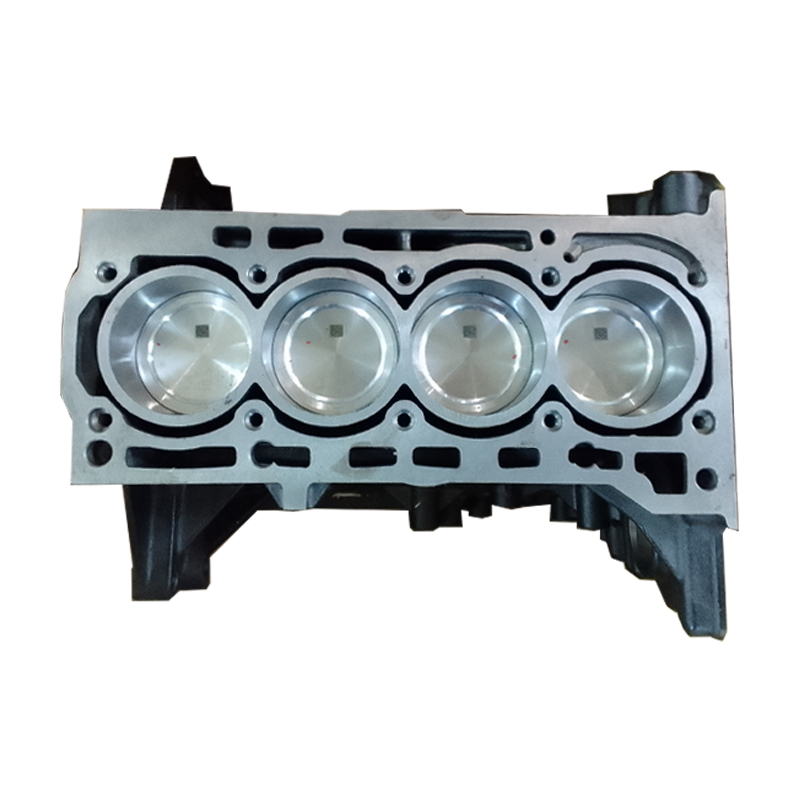Choose a durable clp engine for better efficiency.
Wiki Article
Exactly How a Clp Engine Can Improve Performance in Numerous Industries
The advent of CLP engines marks a significant shift in operational efficiency across various markets, driven by their capacity to optimize fuel intake and decrease downtime. As companies increasingly prioritize sustainability along with performance, the duty of CLP engines ends up being even a lot more critical.Introduction of CLP Engines
CLP engines, or Continuous Fluid Propellant engines, represent a significant innovation in propulsion innovation, especially for space applications. These engines make use of a continual feed system that permits the sustained expulsion of propellant, leading to improved effectiveness and efficiency compared to conventional solid or hybrid propulsion systems. By maintaining a continuous flow of liquid propellant, CLP engines can achieve much more exact drive control, which is important for maneuvering spacecraft in numerous goal circumstances.The design of CLP engines integrates sophisticated materials and ingenious gas administration systems. clp engine. This leads to reduced weight and raised dependability, necessary elements for long-duration room missions. The constant procedure reduces the threat of combustion instability, an usual challenge in standard rocket engines.

Advantages in Production
The production of Constant Liquid Propellant (CLP) engines presents several notable benefits that boost both efficiency and cost-effectiveness. Among the key advantages is the streamlined production process, which reduces the intricacy connected with typical propulsion systems. By making use of fluid propellant, makers can accomplish higher precision in engine efficiency, bring about maximized power outcome and decreased waste.Additionally, CLP engines facilitate a higher level of modularity, permitting much easier combination right into different production lines. This adaptability can considerably lower preparations and boost general operational flexibility. The use of CLP modern technology additionally has a tendency to decrease the need for substantial maintenance due to less moving components, which translates right into minimized downtime and operational prices.

Applications in Logistics
Leveraging Constant Liquid Propellant (CLP) engines in logistics provides considerable advantages in operational effectiveness and dependability. These engines offer a robust service for different transportation requirements, enabling the seamless movement of items throughout substantial ranges. The integral layout of CLP engines enables constant power outcome, which equates into smoother and much more predictable transportation timetables.Among the crucial applications of CLP engines in logistics remains in durable freight transport, where they can drive both ground and airborne lorries. Their capability to preserve high performance under varying load conditions guarantees that delivery timelines are met, therefore boosting client satisfaction. Additionally, CLP engines can be integrated into automated logistics systems, facilitating real-time monitoring and enhancing path planning.
In addition, the sturdiness of CLP engines decreases maintenance downtime, permitting logistics companies to optimize their functional capabilities. This is specifically useful in warehousing operations, where performance in dealing that site with and transporting items is vital. As logistics remains to advance, the integration of CLP engines stands for a forward-thinking method that not only enhances efficiency however additionally supports the sector's growing needs for reliability and rate.
Impact on Energy Performance
How do Continual Fluid Propellant (CLP) engines enhance energy performance in transportation? CLP engines make use of a consistent flow of fluid fuel, enhancing burning processes and keeping a stable redirected here drive output. This style minimizes energy losses linked with conventional burning engines, where fuel shipment can differ and result in inadequacies.The continuous procedure of CLP engines enables an extra efficient thermal cycle, leading to higher particular impulse contrasted to conventional engines. clp engine. This equates to lowered fuel intake for the same amount of job done, significantly reducing functional prices across different transport markets, consisting of aeronautics and maritime sectors
Moreover, the ability of CLP engines to maintain ideal performance under varying load conditions minimizes the demand for frequent velocity and deceleration, better boosting gas effectiveness. Boosted power effectiveness not just adds to cost financial savings but also leads to decrease greenhouse gas exhausts, straightening with international sustainability objectives.
Future Trends and Innovations
Arising improvements in Constant Liquid Propellant (CLP) engine technology guarantee to revolutionize the landscape of transport performance and sustainability. As markets pivot toward greener alternatives, CLP engines stand at the forefront, incorporating ingenious materials and design techniques that boost efficiency while reducing environmental influence.One of the most encouraging patterns is the adoption of crossbreed systems that incorporate CLP engines with sustainable energy resources. This synergy can read review optimize gas consumption and reduce exhausts, lining up with global sustainability objectives. Additionally, developments in computational liquid dynamics (CFD) are facilitating the layout of more aerodynamically efficient engines, causing decreased drag and improved gas efficiency.
Additionally, the growth of wise monitoring systems is readied to enhance functional efficiencies. These systems take advantage of information analytics and IoT innovation to maximize engine performance in real-time, making certain that the engines operate within their most reliable parameters.
As research study remains to check out different propellant formulations-- such as biofuels and synthetic gas-- the future of CLP engines looks promising. By taking advantage of these innovations, markets can not just improve their effectiveness yet also contribute dramatically to a cleaner, much more lasting future in transportation.
Conclusion
In verdict, CLP engines represent a significant advancement in efficiency across multiple industries. The integration of advanced materials and less relocating components decreases upkeep requirements, while placement with sustainability goals positions CLP engines as a critical technology for the future.Report this wiki page